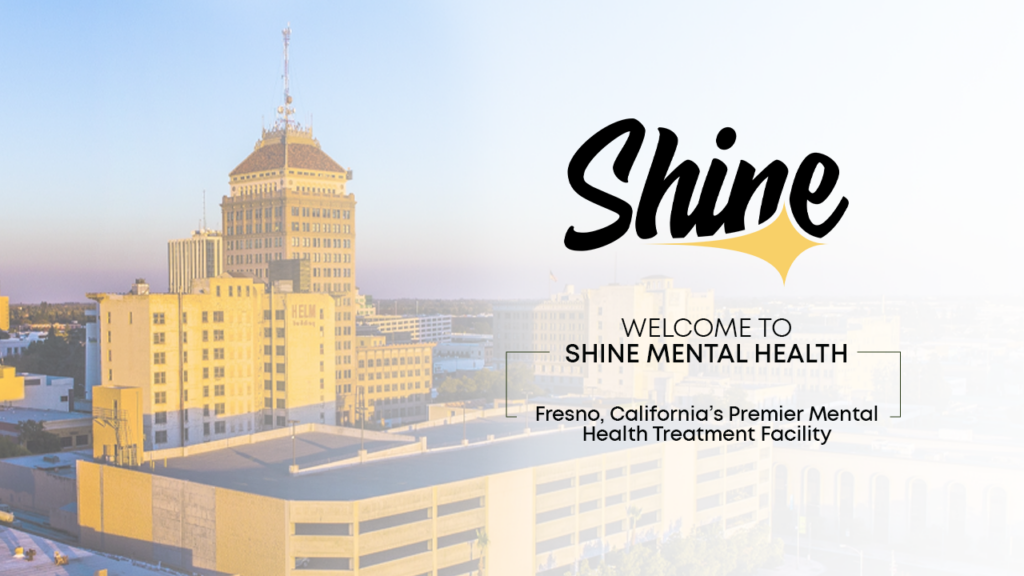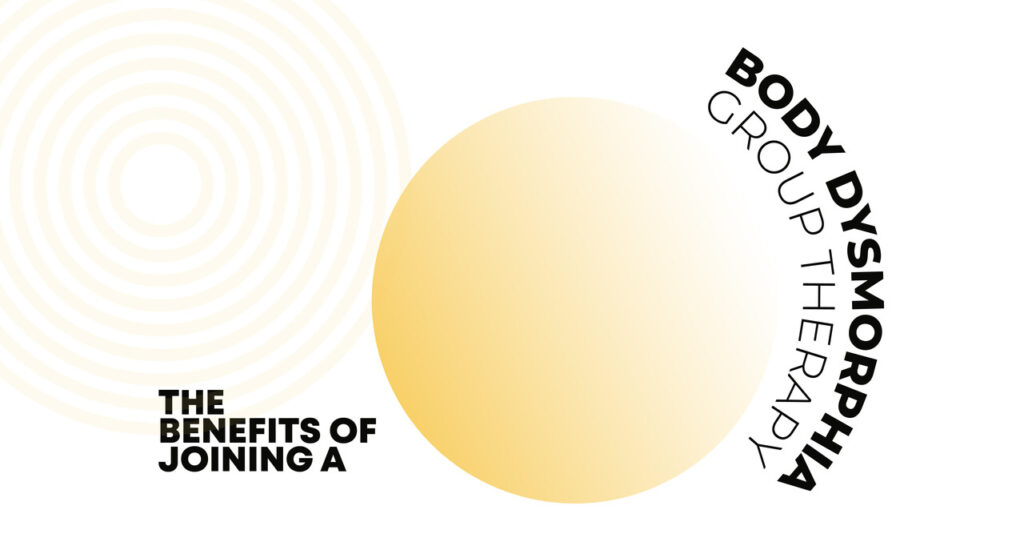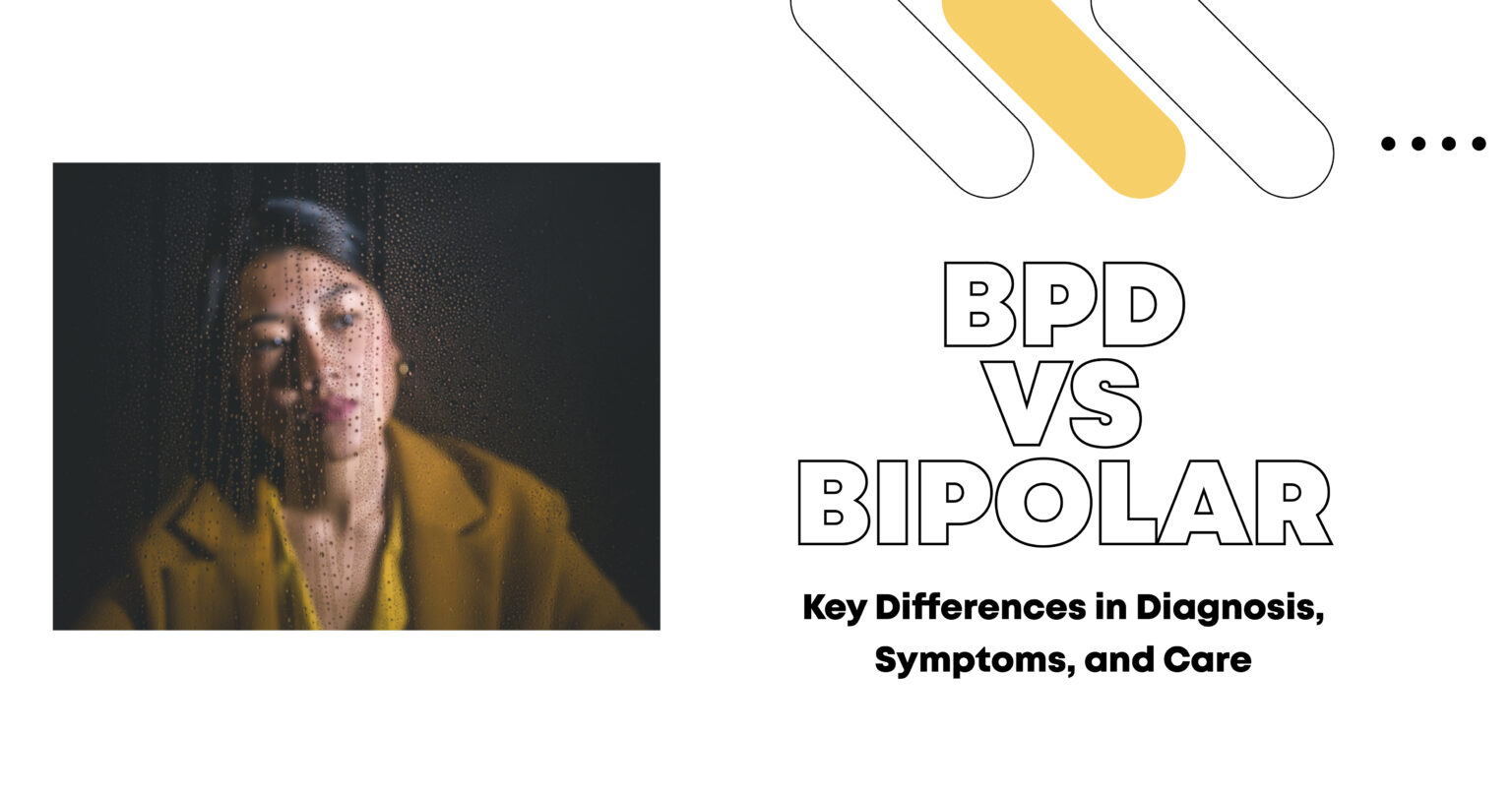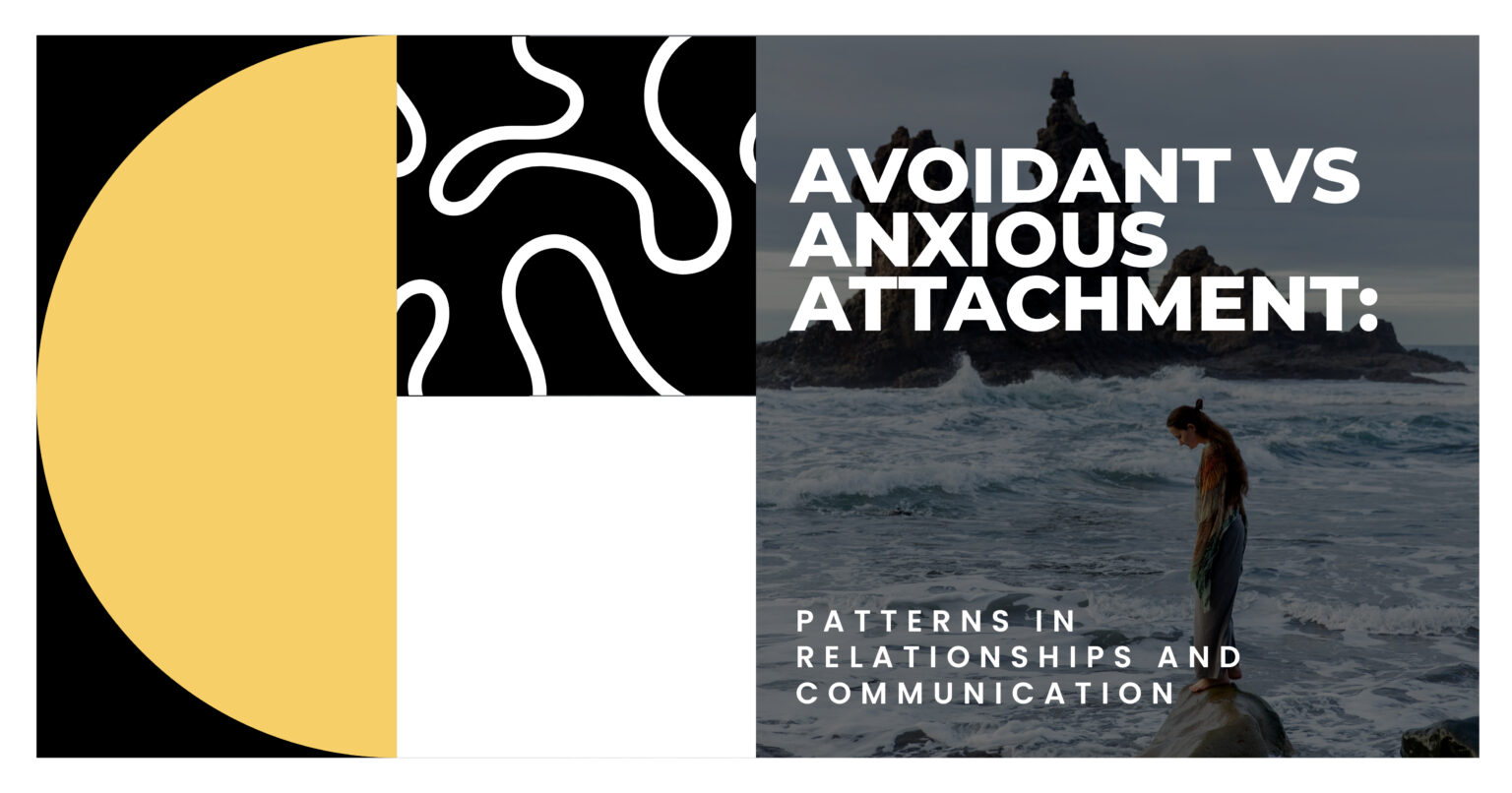Introduction
Body dysmorphia, or body dysmorphic disorder (BDD), is a mental health condition characterized by obsessive thoughts about perceived flaws in one’s physical appearance. These flaws are often minor or invisible to others but can cause significant emotional distress and disrupt daily life. Group therapy is a valuable treatment option for those struggling with body dysmorphia. This guide explores the benefits of participating in body dysmorphia group therapy, detailing how it can enhance mental health and provide essential support.
Understanding Body Dysmorphia
What is Body Dysmorphia?
Body dysmorphia is a psychological disorder where individuals obsess over perceived defects or flaws in their appearance. These perceived flaws are often minor or not observable by others but cause significant distress and impair daily functioning. This obsessive nature of BDD can lead to compulsive behaviors such as repetitive body checks or skin picking.
Common Symptoms of Body Dysmorphia
- Preoccupation with Appearance: Persistent thoughts about perceived flaws.
- Repetitive Behaviors: Frequently checking mirrors, grooming excessively, or seeking reassurance. Compulsive skin picking and excessive cosmetic treatments are common.
- Avoidance: Avoiding social situations due to self-consciousness about appearance concerns.
- Impact on Daily Life: Difficulty focusing on work, school, or social activities due to preoccupation with body image issues.
Shine Mental Health
What is Group Therapy?
Group therapy is a form of psychotherapy where a small group of individuals meets regularly to discuss their issues and support each other under the guidance of a trained mental health professional. In the context of body dysmorphia, group therapy focuses on addressing the unique challenges faced by people with this condition, providing a safe space for sharing personal experiences and learning coping strategies.
Benefits of Joining a Body Dysmorphia Group Therapy
Shared Experiences and Support
Group therapy offers a supportive environment where individuals with body dysmorphia can share their experiences and challenges.
- Sense of Community: Being part of a group with similar challenges fosters a sense of belonging and mutual support.
- Validation of Feelings: Hearing others express similar struggles can validate your own feelings, making you feel less isolated in your body image anxiety.
Normalization of Feelings
Hearing others discuss similar struggles helps normalize the feelings associated with body dysmorphia.
- Reducing Stigma: Sharing experiences in a safe environment helps diminish the stigma associated with body dysmorphia.
- Encouraging Openness: Normalizing feelings encourages individuals to be more open about their struggles and seek help.
Diverse Perspectives and Insights
Group therapy allows participants to gain diverse perspectives and insights from others dealing with similar issues.
- Learning from Others: Gaining new insights and coping strategies from fellow group members.
- Different Viewpoints: Understanding various perspectives can broaden your approach to managing body dysmorphia.
Enhanced Motivation and Accountability
Being part of a group provides motivation and accountability for making positive changes.
- Encouragement: Receiving support and encouragement from group members can boost motivation.
- Accountability: Group members can help each other adhere to treatment plans and make progress.
Development of Social Skills
Group therapy provides a safe space to practice social skills and improve communication.
- Practicing Communication: Enhancing communication skills in a supportive environment.
- Building Relationships: Developing healthier relationships and improving social interactions.
Shine Mental Health
Effective Techniques Used in Body Dysmorphia Group Therapy
Cognitive Behavioral Therapy (CBT)
CBT is a widely used technique in group therapy for body dysmorphia, focusing on identifying and challenging negative thought patterns and behaviors.
- Cognitive Restructuring: Changing distorted beliefs about appearance.
- Exposure Exercises: Gradually facing situations that trigger body image distress.
- Behavioral Experiments: Testing the reality of pessimistic predictions about appearance.
Mindfulness and Acceptance-Based Approaches
Mindfulness and acceptance-based approaches help individuals become more aware of their thoughts and feelings without judgment.
- Mindfulness Meditation: Practicing present-moment awareness.
- Acceptance Exercises: Learning to accept and tolerate distressing thoughts and feelings.
Psychoeducation
Psychoeducation involves teaching group members about body dysmorphia, its causes, and its effects.
- Understanding BDD: Learning about the nature of body dysmorphia.
- Coping Strategies: Developing skills to manage symptoms and improve quality of life.
Interpersonal Therapy
Interpersonal therapy focuses on improving relationships and social functioning.
- Communication Skills: Enhancing the ability to express needs and emotions.
- Relationship Building: Strengthening connections with family and friends.
How to Get Started with Body Dysmorphia Group Therapy
Finding a Qualified Therapist
Look for licensed mental health professionals specializing in body dysmorphic disorder and experienced in facilitating group therapy. Recommendations from healthcare providers or mental health organizations can be helpful.
Joining a Support Group
Many mental health clinics and treatment centers offer support groups for body dysmorphia. These groups can provide additional support and resources outside formal therapy sessions.
Setting Goals
Before starting group therapy, discuss your goals with the therapist. Clear objectives will help guide the sessions and ensure the treatment meets your needs.
FAQs
Q: How long does body dysmorphia group therapy usually last?
A: The duration varies depending on the program and individual needs. Some groups may meet for a few months, while others may continue for a year or more.
Q: Is group therapy as effective as individual therapy for body dysmorphia?
A: Both group therapy and individual therapy can be effective. Group therapy offers unique benefits such as peer support and shared experiences, which can enhance treatment outcomes.
Q: What should I expect during the first group therapy session?
A: The first session typically involves introductions, setting ground rules, and discussing the group’s goals and structure. It’s a time to get to know the therapist and other group members.
Q: Can group therapy be combined with other treatments for body dysmorphia?
A: Yes, group therapy can be combined with individual therapy, medication, or other treatment options for a comprehensive approach to managing body dysmorphia.
Shine Mental Health
Conclusion
Body dysmorphia group therapy is an essential component of treatment for individuals struggling with body image concerns. The shared experiences, support, and diverse perspectives offered in group therapy can significantly enhance treatment outcomes and improve quality of life. Whether dealing with mild or severe body dysmorphia, group therapy provides a supportive and effective way to address your concerns and work towards a healthier self-image. If you or a loved one is considering group therapy for body dysmorphia, seek out a qualified professional to guide you through this transformative process.
Empower Your Mental Health with Group Therapy
If you or someone you know is considering group therapy for body dysmorphia, don’t hesitate to seek professional guidance. The right support and a tailored approach can improve your mental health journey.







